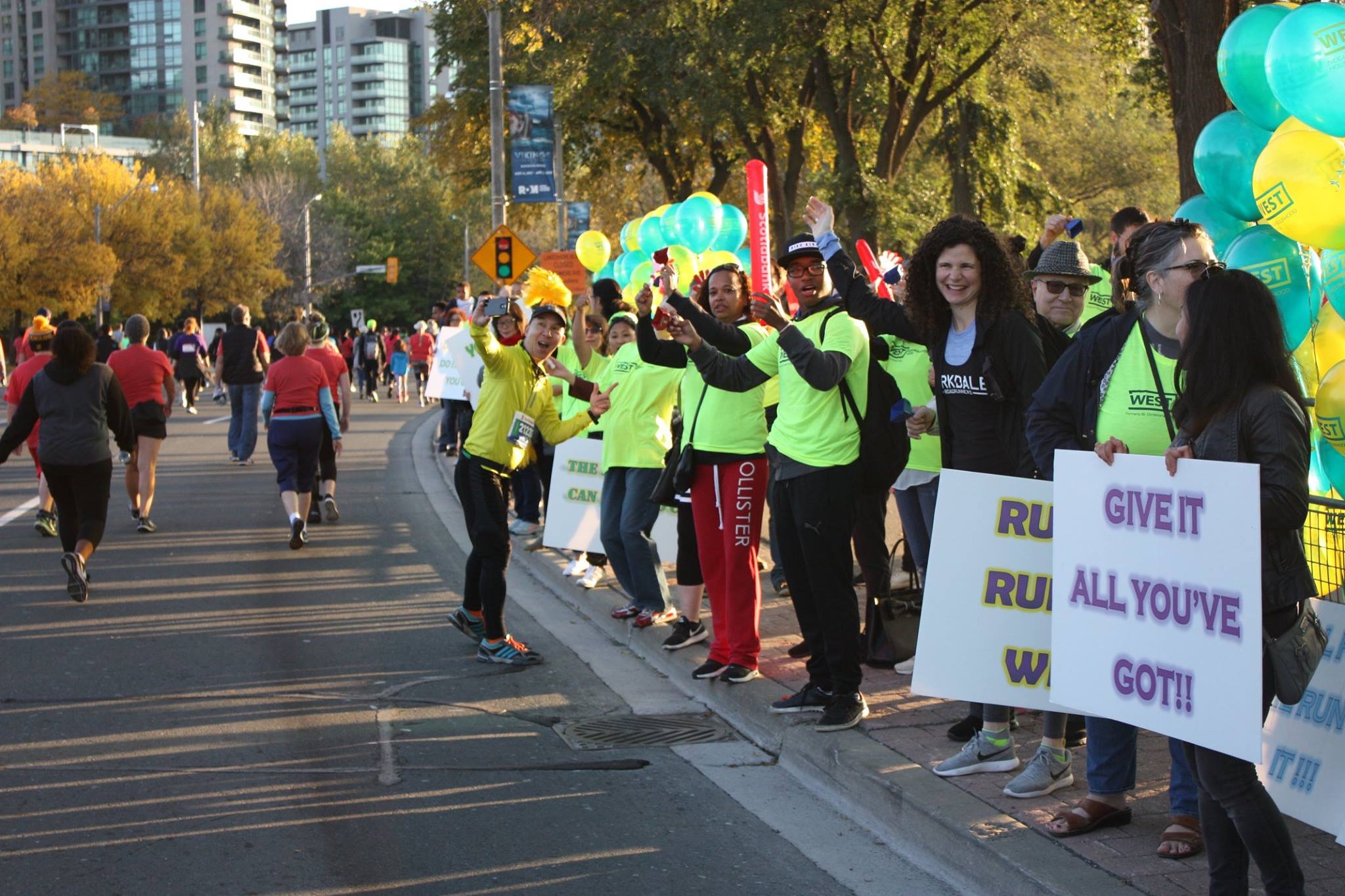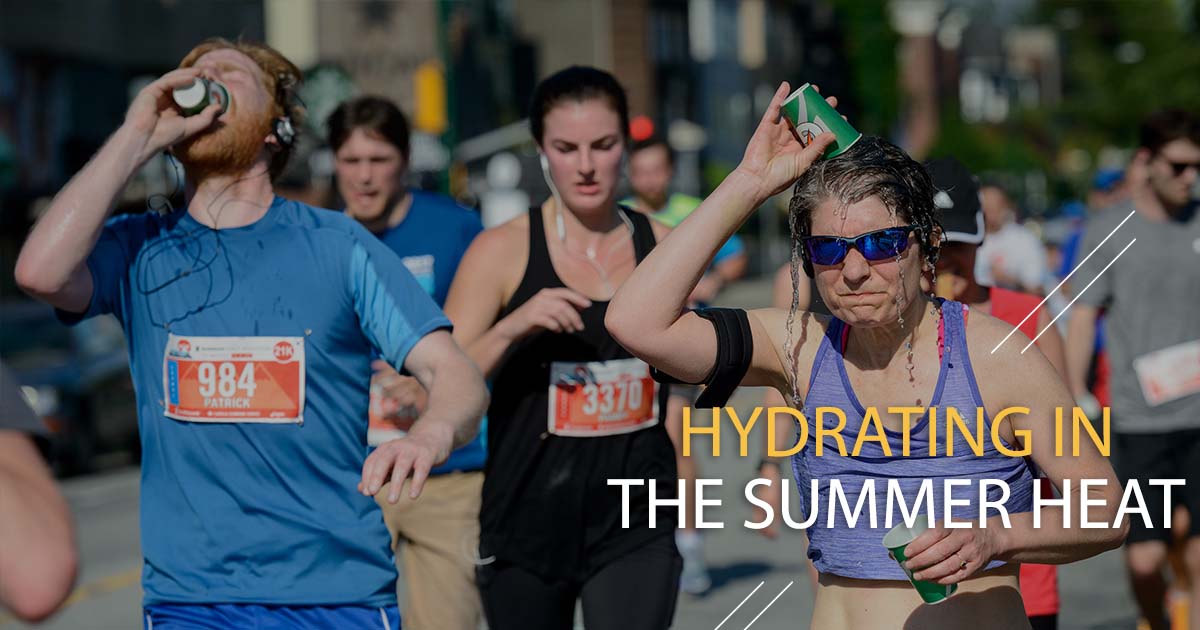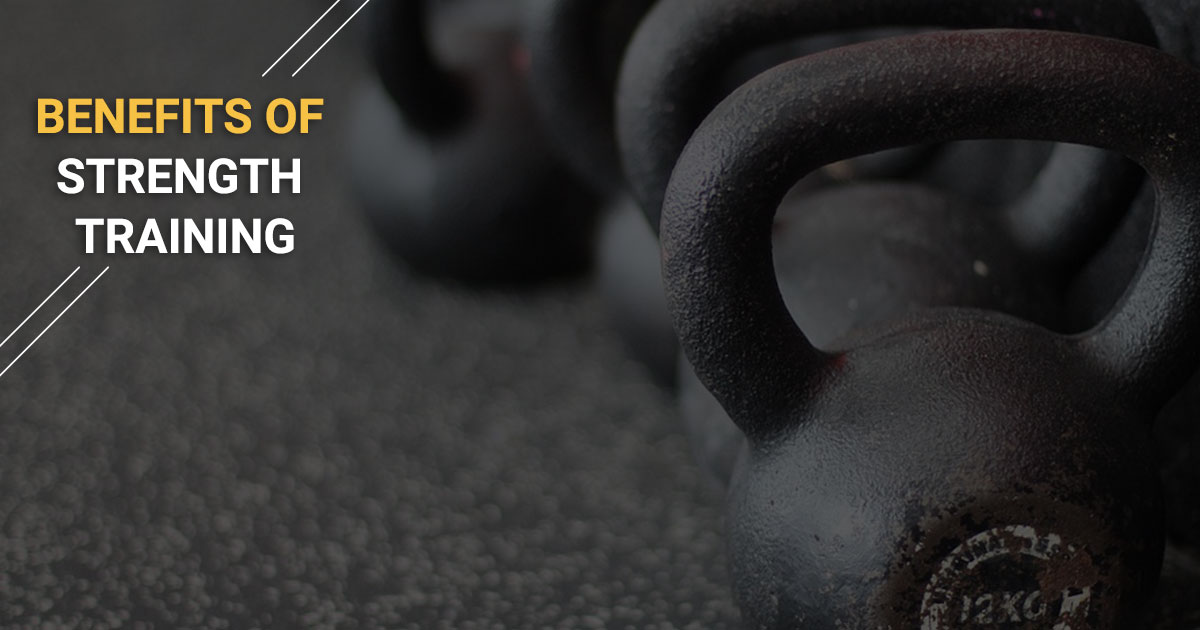With the holidays just around the corner, we asked some of the elites that have graced us with their presence on the start line about some of their favourite holiday gift, traditions, and ideas for other runners. We heard from Trevor Hofbauer, Catherine Watkins, Dylan Wykes, Leslie Sexton, and Kate Gustafson.
What’s the best gift you’ve ever received?
Trevor Hofbauer: The best Christmas gift I ever received was a Nintendo 64. The N64 is a classic and it logged hundreds of gaming hours. The best running related gift I ever received was a Petzl headlamp. It has 3 settings at 50-lumens, 100, and 150. It gets put to use frequently throughout the winter and periodically in the summer during early morning runs and around the campfire.
Kate Gustafson: Composite hockey stick. As a teenager, this was so epic!
Catherine Watkins: The best gifts for me are experience gifts with a destination or an activity (Escape the Room or a Broadway Show for example). I love the long lasting memories these kind of gifts leave me with.
Dylan Wykes: Goalie pads. When I was 13.
Leslie Sexton: I got a Garmin Forerunner 205 about ten years ago. It was big and bulky and took a while to connect with satellites, but it told me how far I ran and how fast, so I loved it. I upgraded to a 220 a few years ago.
What the best gift for a runner?
Trevor: The best gift is definitely a headlamp. It’s a multipurpose gift that can be used all year round.
Kate: A gift certificate to a local spa (with a massage included), hands down. This is such a treat.
Catherine: Gift certificates for race entries, babysitting services to look after their children while they race/train, homemade cookies (runners always love a good cookie), or a great running watch.
Dylan: Gloves, headlamp, socks, wind protective undies (if you live east of the Rockies…). All the stuff you never think of, but that is essential, and can’t hurt to have a lot of, especially for winter running. A good running book is great at Christmas too; Once a Runner is the classic.
Leslie: Winter running socks! It may not sound very exciting but a good pair of merino wool socks can cost $20 so it is something a lot of people wouldn’t buy for themselves, making it a practical and thoughtful gift for a runner training through the winter. For guys, a pair of winter running boxers with a windproof material in the front is also an essential winter apparel item, so get one for the runner dude in your life.
Favourite part of Christmas / holiday season?
Trevor: Spending time with family and friends.
Kate: Hmmm, my dad’s fruit salad on Christmas morning is something I always look forward to. If I’m at home, I love to run on Christmas day with my younger brother on the snowy roads in Northern Ontario, it’s not fast but it’s always fun.
Catherine: My favourite parts of Christmas are the traditions. Going out with the family to get the tree, decorating the tree while drinking hot chocolate and eating Christmas cookies and reminiscing about where the ornaments came from. I also love the food !!
Dylan: Eating & Drinking with friends and family. I also like to getting out for a run on Christmas Day every year. Now it’s with my two little girls! We’ll see how long that tradition lasts…
Leslie: I usually have a pretty quiet Christmas day because I race the Boxing Day 10-miler the following day in Hamilton, Ontario. After that I visit family and refuel with the traditional Christmas turkey dinner. I always bring desserts: homemade brownies and Nanaimo bars.
Some of our favourite places to shop for running gifts:
Looking for gift certificates to local races? They’re currently available for the Scotiabank Vancouver Half-Marathon & 5k as well as the Under Armour Eastside 10k.

















